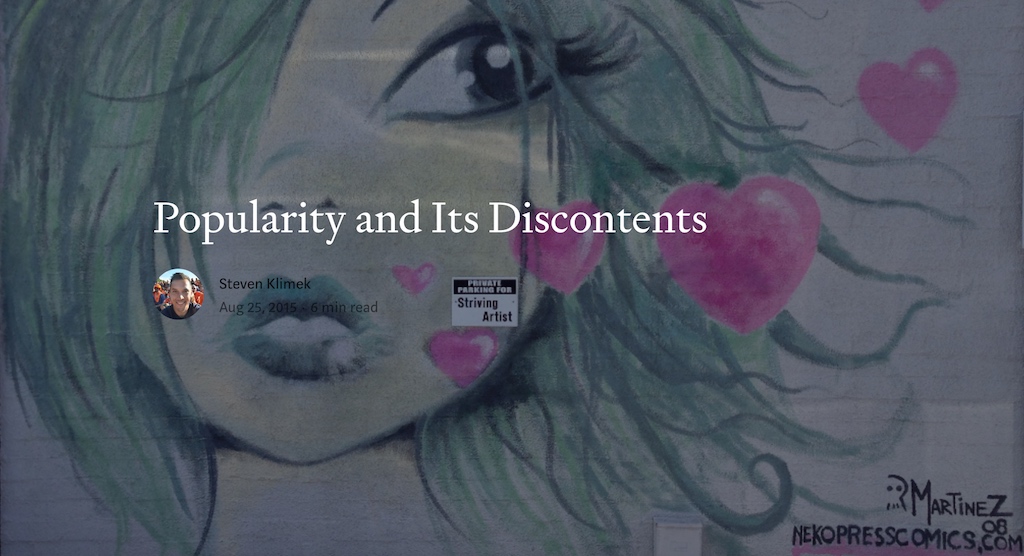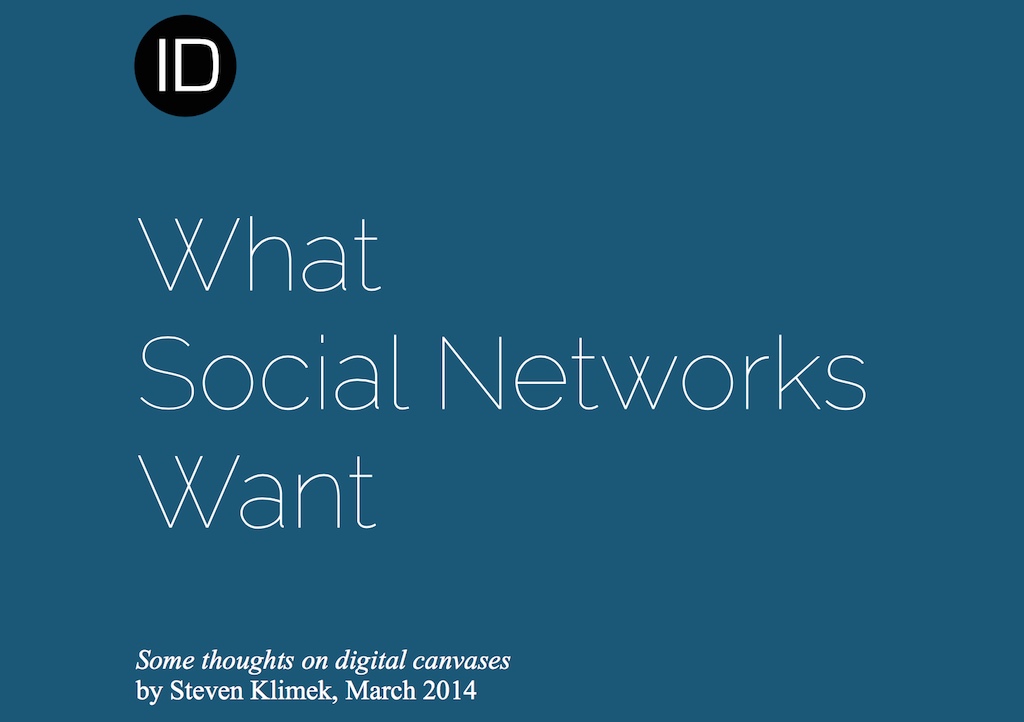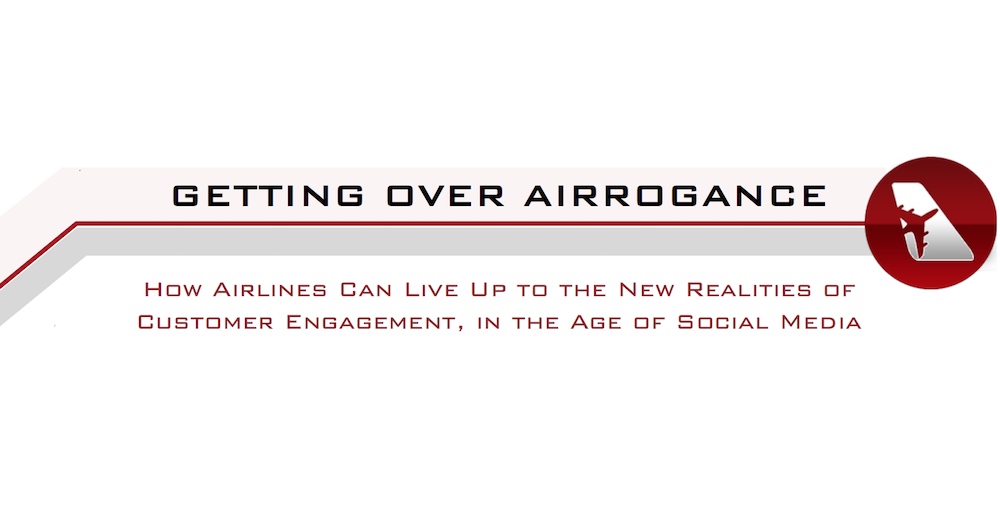11 JAN 2019
WHY JAPAN’S AIRPORTS ALWAYS GET IT RIGHT
**please check back for this soon**
(Having recently flown out of Tokyo’s Narita International Airport, I will be sharing some thoughts on how Japan always employs human-centered design to make navigating their airports a walk in the park.)
![]()
25 AUG 2015
POPULARITY AND ITS DISCONTENTS

Written when I was creating Sideview, this is a piece on our obsession with popularity and how our social constructs are feeding it by design.
Check it out on Medium, feedback always welcome.
24 MAR 2014
WHAT SOCIAL NETWORKS WANT

In the process of developing the concept for Sideview, I wrote a (lengthy) whitepaper to rally our team behind our concept. It is personal and artistic (all of the images used are my own), but gets deep into what I believe are the psychological shortcomings of social media today.
Here is a direct link to the Sideview “manifesto,” What Social Networks Want.
![]()
26 JUL 2011
GETTING OVER AIRROGANCE (whitepaper)

How many times have you read a whitepaper that introduced new vocabulary to the English language? Specific to the aviation industry? My latest one (done in conjunction with SimpliFlying) does exactly that, introducing a concept called Airrogance, which is essentially arrogance applied to the airline industry when airlines fail to engage their customers in a two-way relationship. Read on.
LISTEN FIRST, THEN ENGAGE…
An airline brand experience elicits more emotions in customers than most brand experiences do, based on the excitement generally associated with travel. As a result, customers tend to volunteer strong, detailed opinions about their air travel experiences, often broadcasting them throughout their entire virtual networks via social media. While this new era of engagement has created heightened customer expectations in many cases, it also provides savvy airlines with a unique opportunity to understand what drives their customers’ behavior more than ever before.
The key is to listen first and engage second, rather than continue the lazy habit of focusing strictly on traditional “push” customer communications. In other words, to goal should no longer be to create a brand image. Instead, the goal should be to influence your brand image while ultimately empowering customers to build your brand and drive your business.
GETTING OVER AIRROGANCE
The passengers actually flying, or voluntarily engaging with airlines, contain within them the most valuable marketing information, as they know what value propositions impact their purchasing decisions. Social media has provided tools to unlock that information, and the airlines that have started to prioritize this emerging field as a strategic priority rather than a tactical afterthought have started to benefit immensely. In addition to building real relationships with their customers, which potentially breed true loyalty, this approach will help carriers shave billions of dollars off their marketing budgets, enabling them to target promotions specifically and strategically to induce high-value customer behaviors.
“Getting Over Airrogance: How airlines can live up to the new realities of customer engagement, in the age of social media,” lays out how airlines are currently falling short in terms of customer engagement, demonstrated through different channels: E-Commerce, Loyalty, Brand Marketing, Customer Service and CRM. It also offers several examples of best practices through these various channels that early adopters have started to employ.
Here is an overview of the whitepaper:
- The New Realities of Customer Engagement
- Case Studies: KLM, American Airlines
- Rethinking the Airline Industry: Cutting Out the Airrogance
- Airrogance in E-Commerce
- Case Study: Malaysia Airlines
- Airrogance in Loyalty Programs
- Case Study: Virgin America
- Airrogance in Brand Marketing
- Case Studies: jetBlue, SAS Scandinavian
- Airrogance in Customer Service
- Case Studies: easyJet, AirAsia
- Airrogance in CRM – the future of customer engagement
![]()
